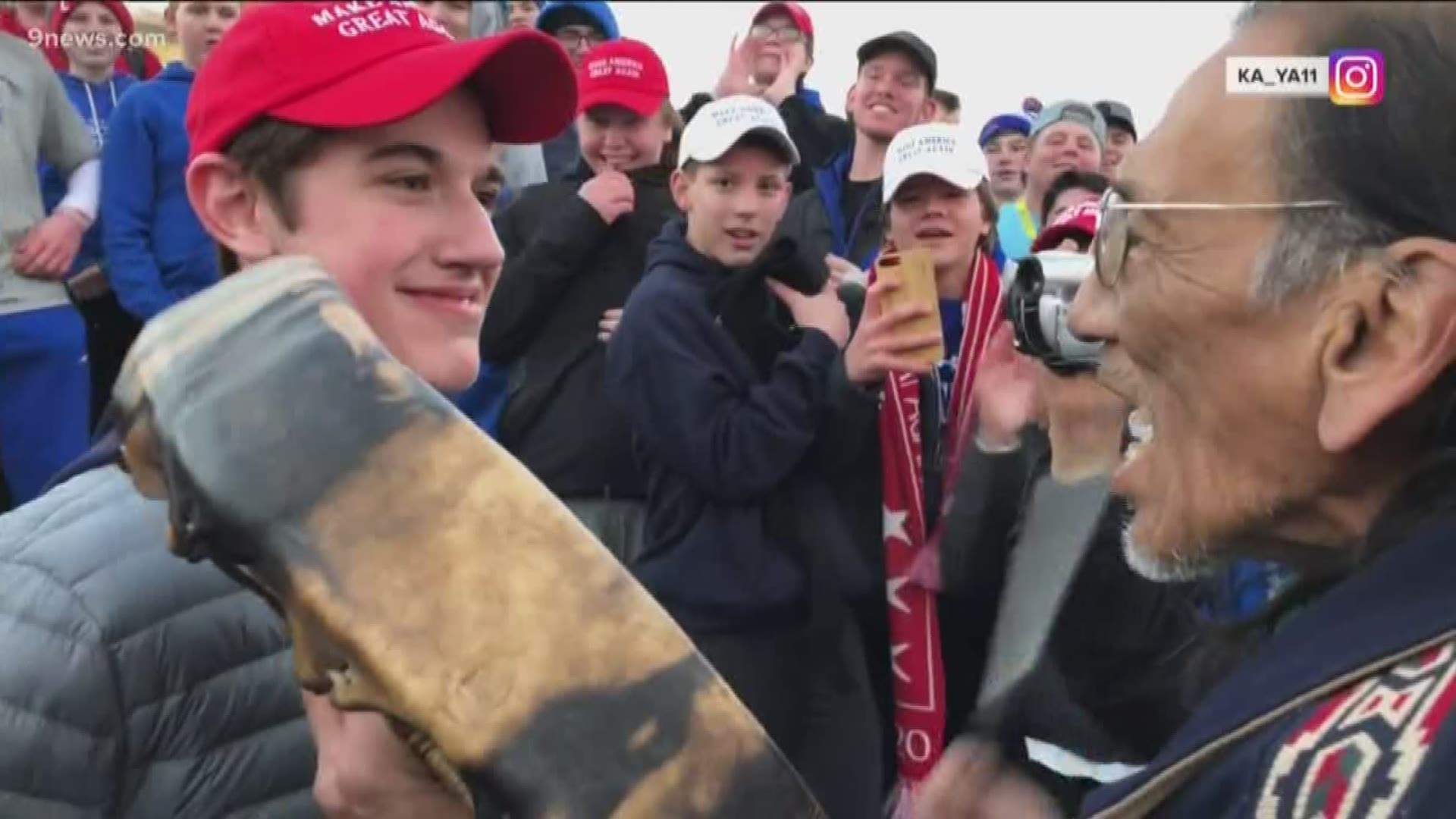![NFL players retiring earlier over concussion concerns [video : 82766786]](http://videos.usatoday.net/Brightcove2/29906170001/2016/04/29906170001_4836459995001_4836462630001-vs.jpg?pubId=29906170001)
A handful of retired NFL players “risk making perfect the enemy of the good,” a federal appeals courts ruled Monday in a decision that clears way for the $1 billion concussion settlement to be certified.
Third Circuit Court of Appeals Judge Thomas L. Ambro wrote the opinion that upheld a district court’s decision to accept the settlement between the NFL and about 5,000 retired players who sued the league in recent years.
“This settlement will provide nearly $1 billion in value to the class of retired players," Ambro wrote in the opinion. “It is a testament to the players, researchers and advocates who have worked to expose the true human costs of a sport so many love. Though not perfect, it is fair.”
![2016 NFL draft sleepers: Keep an eye on these players [oembed : 83190274] [oembed : 83190274] [oembed : 83190274] [oembed : 83190274] [oembed : 83190274] [oembed : 83190274] [oembed : 83190274] [oembed : 83190274] [oembed : 83190274] [oembed : 83190274] [oembed : 83190274] [oembed : 83190274] [oembed : 83190274] [oembed : 83190274] [oembed : 83190274] [oembed : 83190274]](/Portals/_default/Skins/PrestoLegacy/CommonCss/images/smartembed.png)
The settlement covers more than 20,000 retired players. Christopher Seeger, co-lead counsel for the class of retired NFL players who helped craft the settlement, said more than 8,000 players have already applied for enrollment of the settlement, even though claims won't be honored until the appeals process is complete.
The settlement will go into effect in 21 days unless the appellants apply for a rehearing in front of the entire Third Circuit.
"Today’s decision is a significant step in implementing the clubs’ commitment to provide compensation to retired players who are experiencing cognitive or neurological issues," NFL general counsel Jeff Pash said in a statement. "It reflects the decision of the clubs to set aside strong legal and factual defenses, and instead provide medical care and compensation for retirees and their families."
Added Seeger: "We are pleased with the Third Circuit’s decision to completely uphold the District Court’s approval of the settlement. This extraordinary settlement’s implementation has been delayed enough by this small group of objectors, whose arguments have been exhaustively examined and overruled by both the District Court and Third Circuit."
About 70 former players filed an appeal last year over concerns the settlement does not provide adequate compensation for those who may have suffered from chronic traumatic encephalopathy (CTE) or other brain injuries caused by football.
“This settlement will provide significant and immediate relief to retired players living with the lasting scars of a NFL career, including those suffering from some of the symptoms associated with CTE,” Ambro wrote. “We must hesitate before rejecting that bargain based on an unsupported hope that sending the parties back to the negotiating table would lead to a better deal. Accordingly, we conclude that the settlement’s treatment of CTE does not render the agreement fundamentally unfair.”
In the end, comments made by Jeff Miller, the NFL’s senior vice president of health and safety, at a congressional roundtable discussion last month didn't sway the three-judge appellate panel. Asked about the research of Boston University neuropathologist Ann McKee about the link between CTE and football, Miller said “certainly, based on Dr. McKee’s research, that there’s a link because she’s found CTE in a number of retired football players.”
Lawyers for the players who appealed the settlement sought to use Miller's comments as a lever in their appeal.
"The NFL’s recent acknowledgment may very well advance the public discussion of the risks of contact sports, but it did not advance the science," Ambro wrote. "Accordingly, the NFL’s statement is not a ground for reversal of the settlement’s approval."
Sports attorney Dan Wallach told USA TODAY Sports that the judges felt the settlement adequately covers those suffering symptoms of CTE. Ambro wrote that the settlement would cover “at least 89% of the former NFL players” whose brains were examined postmortem. The only scientifically accepted method of diagnosing CTE is after death.
"Miller's comments were not groundbreaking from the court's perspective," said Wallach, a partner at the firm Becker & Poliakoff.
It wasn't immediately clear whether the appellants would seek a full rehearing of Monday's decision in front of the full panel of Third Circuit judges, known as an en banc hearing, although such motions are rarely accepted. Messages left for some of the attorneys involved in the case were not immediately returned.
The appellants could also ask the Supreme Court to take up the case.


![USP NFL: SUPER BOWL 50-CAROLINA PANTHERS VS DENVER S FBN USA CA [image : 83190256]](http://www.gannett-cdn.com/media/2016/04/18/USATODAY/USATODAY/635965822796046656-USP-NFL-SUPER-BOWL-50-CAROLINA-PANTHERS-VS-DENVER-79497104.JPG)
